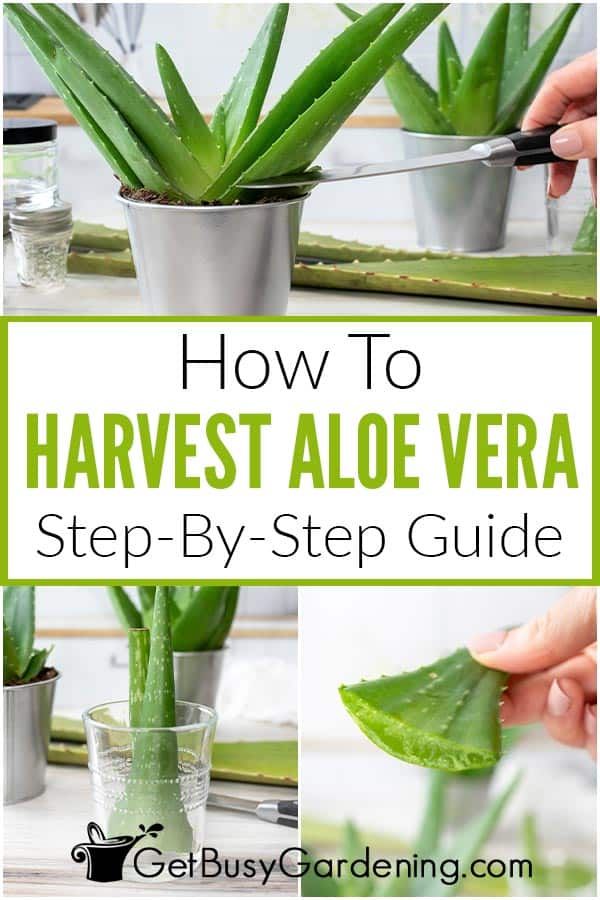Are you ready to sprout some green magic in your home? If you’re pondering whether to add an aloe vera plant to your indoor garden, the promise of vibrant foliage and neatly tucked away medicinal benefits may just pique your interest. But, how do you nurture this succulent wonder? Growing aloe vera offers a delightful challenge and can be incredibly rewarding. Let’s navigate through the essential tips for cultivating a flourishing aloe vera at home.
Understanding the Nature of Aloe Vera
Before diving into the specifics of care, it’s crucial to understand the very essence of aloe vera. This succulent, native to arid climates, is well adapted to store water in its thick, fleshy leaves. Because of this unique characteristic, its survival hinges more on neglect than overzealous caretaking. This medicinal marvel is enshrined in folklore and tradition, beloved for its soothing gel that works wonders on minor burns and skin irritations. But can you replicate its natural habitat indoors? Let’s explore how to create an environment where your aloe thrives.
Choosing the Perfect Container for Your Aloe Vera
The first consideration in your aloe journey is the choice of container. Although it might be tempting to opt for a decorative pot that catches the eye, practicality reigns supreme in this case. A well-draining pot is a necessity; make sure it features drainage holes to prevent water from accumulating at the bottom. The structure should also ideally be shallow—aloe vera tends to flourish with its roots confined, fostering a vibrant growth pattern.
Terra cotta pots are exceedingly popular among succulent enthusiasts due to their breathable nature, allowing moisture to escape while regulating temperature. Conversely, plastic pots may retain moisture, leading to potential rot if not monitored vigilantly. Just picture your aloe vera trapped in an undesired environment—what a conundrum!
Soil Selection: The Right Blend
Next, let’s talk soil. Aloe vera thrives in well-draining soil, which is crucial in preventing the roots from languishing in excess moisture. A cactus or succulent-specific soil mix usually suffices, but if you prefer to concoct your own, you can blend standard potting soil with sand and perlite in equal parts. Achieving this optimal mixture can feel akin to baking the perfect bread—too much moisture or too little can spoil your efforts. Wouldn’t it be splendid to unveil a healthy, drought-resistant plant at the end of this challenge?
Optimal Lighting Conditions: Sunlight vs. Shade
The light requirement of aloe vera is another aspect that deserves your attention. Positioning your plant in the right light is integral to its vitality. Ideally, it craves bright, indirect sunlight. Placing it near a south-facing window often provides the perfect balance—a place where the sun’s rays will warm the leaves without scorching them. However, if this isn’t feasible, a spot with filtered sunlight will suffice.
Beware of too little light, as this can lead to leggy growth as the plant stretches towards the sun—a rather unattractive sight, indeed! Contrary to the ethos that more sun is better, aloe vera can suffer from overexposure, resulting in sunburnt leaves. Cultivating awareness of your plant’s preferences can transform a mundane watering routine into an engaging interaction with nature.
Watering Wisely: Knowing When to Quench Thirst
Contrary to common gardening beliefs, aloe vera prefers a more relaxed watering schedule. As a desert plant, it has an innate drought tolerance, which means that underwatering is far less problematic than overwatering. During the growing season, which typically spans from spring to summer, allow the top inch of soil to dry out completely before bestowing your aloe with a drink.
In the cooler months, watering can be reduced further. Immerse yourself in the world of “soaking and drying” rather than following a rigid schedule. Just imagine the gratifying feeling you’ll have, recognizing the natural cues of your plant!
Fertilization: Feeding Your Aloe Vera
Typically, aloe vera is amiable when it comes to nutrients. Favor a balanced liquid fertilizer diluted to half strength during the growing season, applied once every few months. The principle of “less is more” rings true here. Over-fertilizing can lead to leggy growth and an unsightly plant. Think of it like seasoning a dish; a little enhancement can elevate flavor, while excess can spoil the meal.
Propagation: Taking the Next Step
Once you’ve established a healthy aloe vera plant, consider propagation—an exhilarating endeavor that welcomes more green companions into your life. Aloe vera can be propagated through offsets, often called pups, which emerge at the base of the parent plant. When these pups reach a few inches in size, gently detach them and replant them in their own container. What if you could cultivate an entire family of aloe vera? Just imagine the possibilities!
Conclusion: Enjoying the Fruits of Your Labor
Successfully growing aloe vera at home can be an enriching experience filled with both challenges and rewards. With patience and observance of this resilient plant’s needs, you may find yourself the proud caretaker of a lush aloe vera specimen. As you witness the metamorphosis from seedling to a vibrant plant, consider the journey—you’ve not only added to your green sanctuary but also embraced a piece of nature’s resilience. Are you ready to take on the challenge and grow your aloe vera? Your indoor oasis awaits!





Leave a Comment